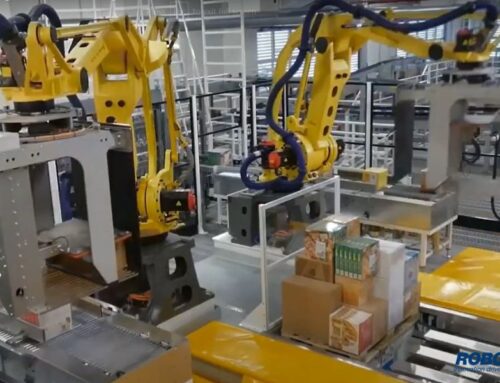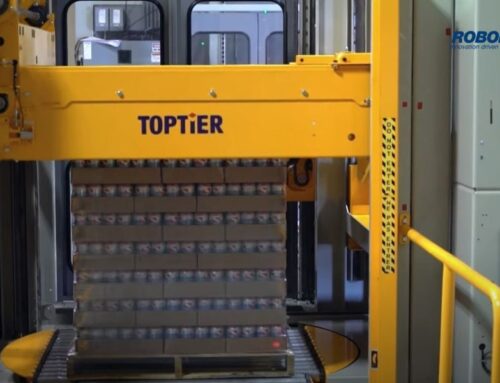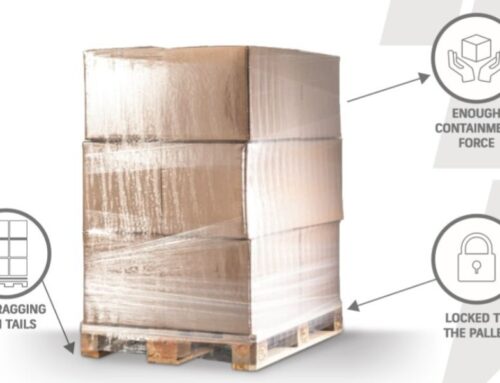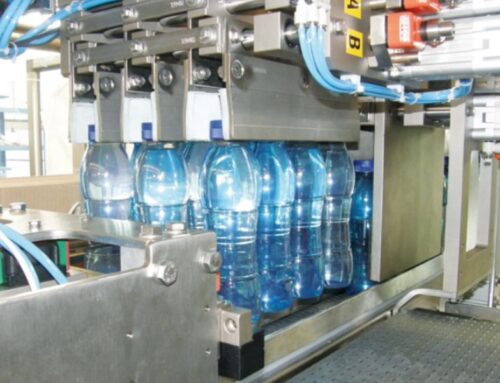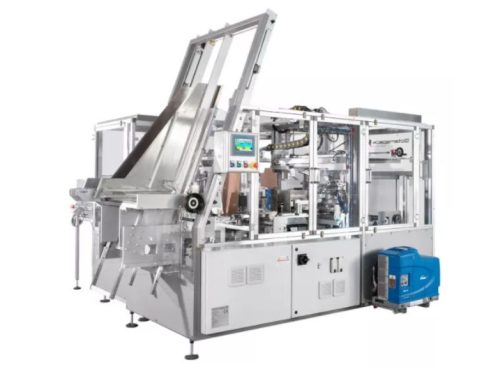Secondary packaging is what stands between primary packaging, products, and the elements. In any manufacturing, distribution, or warehouse scenario, there is typically pressure to ship quickly, efficiently, and safely. One of the biggest money wasters in many industries is product damage during shipment. When done properly, secondary packaging protects products from harm and keeps them intact for safe arrival. Explore a few of the top emerging trends in secondary packaging here.
There Is a Push To Conserve Materials
In the secondary packing industry, there is an ever-growing demand from consumers for conservative packaging. The overuse of packaging materials, including stretch film, is not only environmentally unsustainable, but it causes companies to waste large sums of money on temporary packaging. Modern secondary packaging trends encourage companies to use the smallest amount of packaging materials and the fewest number of resources possible to make sure products ship, store, and merchandise correctly. Robopac USA is proud to provide Cube Technology, which reduces film costs by 30 to 55 percent and reduces product damage by 40 percent.
Advanced Technology Is Increasing in Popularity
Advanced technology is another trend that is on the rise in the secondary packaging industry. Industries that utilize secondary packaging machines want to know that their machine will work quickly, and they will be able to resolve problems efficiently. The main point of investing in a fully automatic stretch wrapper machine is to increase productivity and reduce the labor costs that come with operating a semi-automatic stretch wrapper. Robopac USA stretch automatic wrapper machines are equipped to handle heavy-duty production. They keep the packing process moving, and Robopac USA offers safety inspection, preventative maintenance, and maintenance training, so you can resolve any issues that arise quickly on site. Our advanced Cube technology is exclusive to Robopac USA and works to keep your facility moving forward. Cube Technology is proven to reduce product damage by 40% and film costs by 30 to 55%.
Now, more than ever, you need the ability to monitor and control your stretch wrapping operation anywhere. Rconnect allows you safely monitor your machines performance remotely…anywhere…at any time.
Flexibility Is Becoming the Norm
Another trend the secondary packaging industry is working to improve is the need for flexibility. Businesses are shifting how they handle their warehouses, and this means their machines need to be as flexible as the company itself. This is why Robopac USA provides the option for portable stretch wrappers, compact packers and palletizers, and quick changeover packers just to name a few machines. These mechanisms save time, save space and are perfect for the ever-changing operations in manufacturing facilities. For example, instead of transporting cases of unpacked products or unwrapped pallets to a machine, workers can simply bring the machine to where their products need to be stretch wrapped. This saves travel time and strain on workers who will no longer have to constantly transport large loads across the entire warehouse. With the growth of different types of flexible packaging it’s vital that your case packers can quickly change to shrink wrap different products. Compact palletizers save valuable floor space. Speaking of saving limited floor space, palletizers that include concurrent stretch wrapping save investment costs for both a palletizer and stretch wrapper.
For all your secondary packaging needs, check out our selection at Robopac USA. We have everything you need, including pallet wrappers and wrap-around case packers.


